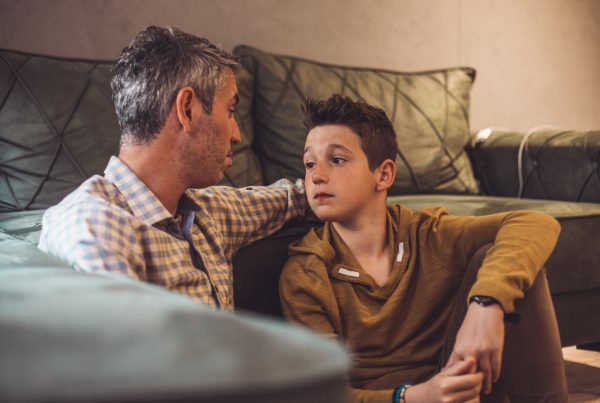
Cutting is a form of self-injury, often precluded by feelings of intense emotionalism, i.e., rage, sorrow, rejection, desperation, longing, or emptiness. Those who cut may not know any other way to process their feelings about situations that seem unchangeable or how to get relief from emotional difficulties and the intense pressures of their lives. As a result, cutting is merely a means of coping when healthier alternatives haven’t been provided or when the emotionalism of the situation is too much for them to handle with the skills they DO have.
There are few studies on this subject, but it is suggested that there are over 2 million self-injurers in the U.S., and that number is rising. With the complexities of adolescence intensifying, medical professionals expect these numbers to increase.
Cutting is more prevalent in girls, but boys self-injure as well. The behavior tends to start in adolescence and can continue into adulthood.
Here are some tips for dealing with this serious issue…
DON’T
React with anger.
Go into denial about the problem.
Assume this is a “phase” your teen will outgrow.
Say “What did I do wrong as a mother (father) for you to do this to yourself.”
Ask “Why are you doing this to yourself?”
Try to hide sharp objects. It’s an ineffective deterrent. If your child wants to self-injure, she’ll find a way.
DO
Admit you and your child need help.
Take the problem very seriously. This is not just attention-seeking behavior.
Be completely supportive.





